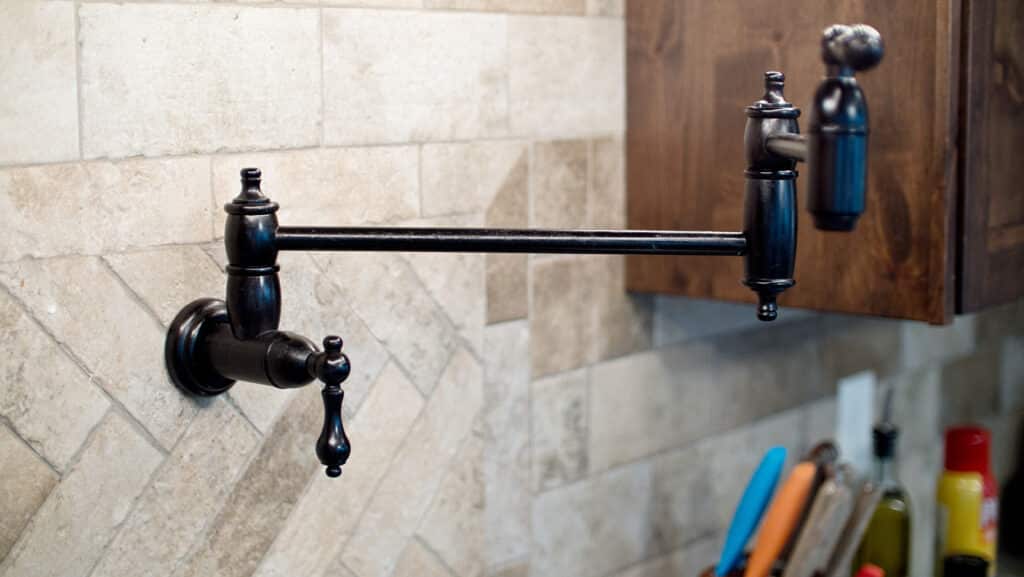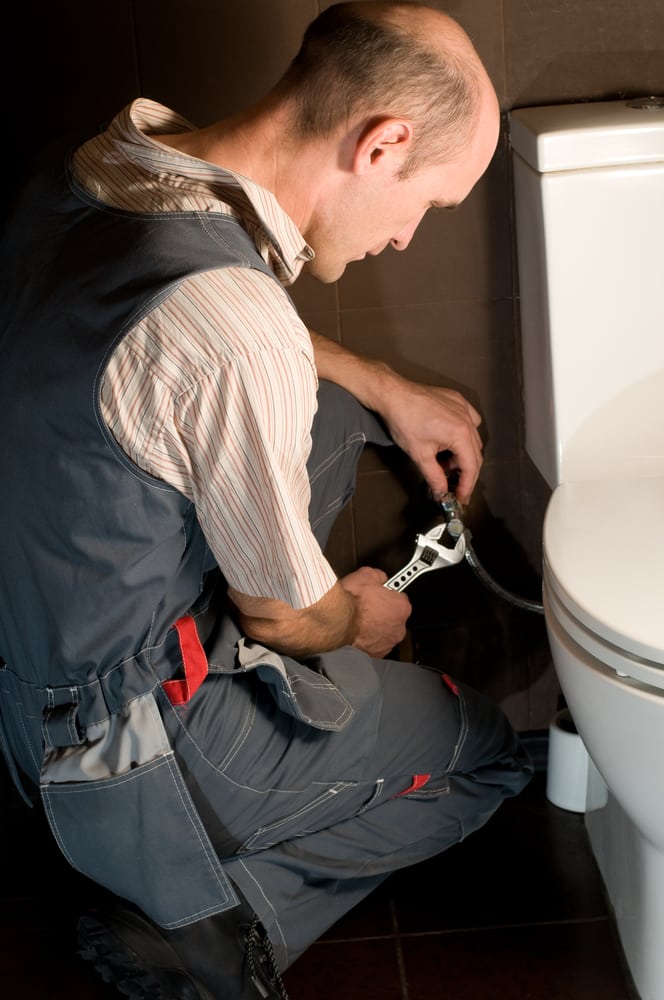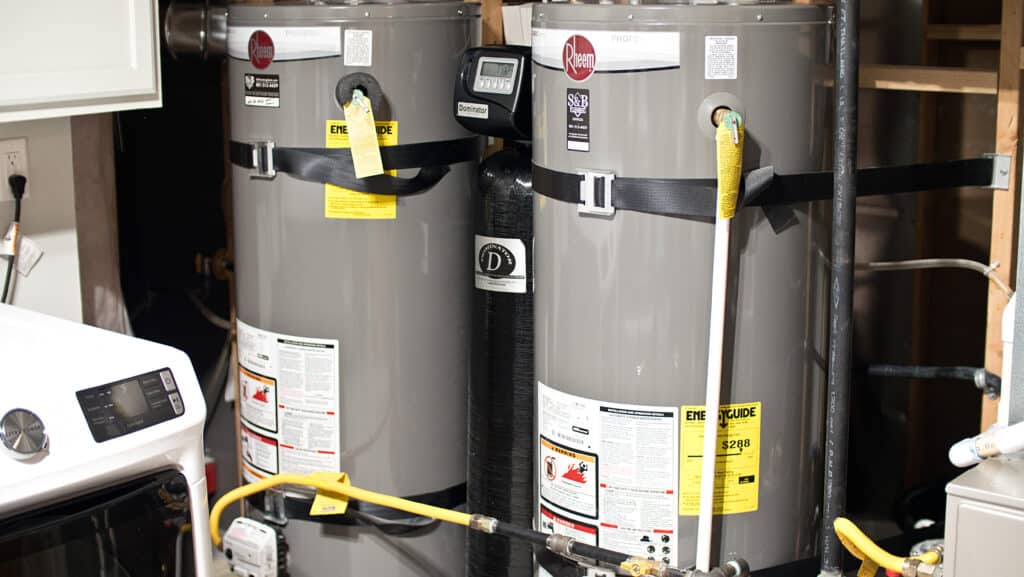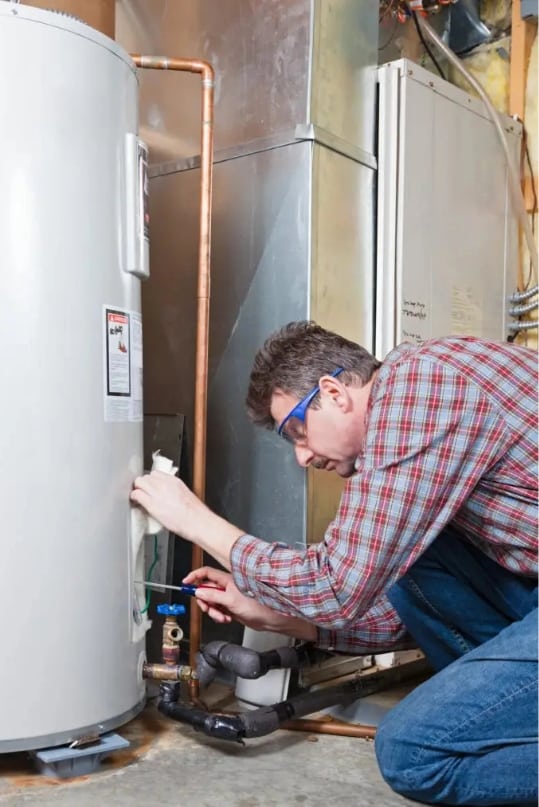
Homeowners will want to hire a plumber who is licensed, insured, and knowledgeable about plumbing issues. Finding the best plumber for your home can be a challenge with so many on the market. An online search for ‘Utah plumber’ will yield thousands of results to sift through and with access to the internet, multiple companies will advertise that they are the top plumber in your area. Sifting through these results and reading all of their reviews can take up so much of your time, but we have gathered some tips to help narrow your search. If you are looking for the best Utah plumber, read this blog to help you know what questions to ask and what certifications to look for.
1- Ask For Recommendations From Real People
When looking for a local company, asking your neighbors and co-workers may be faster than scouring the internet. Your peers will have worked with these companies directly and are often a better source of information than written pages online.
Online reviews can be helpful too, but they are not always reliable. When asking for recommendations from others, be sure to have questions in mind that you want to ask about their experience working with a company. Having a conversation about the company rather than just reading what someone wants you to read will be more beneficial.
2- Research Online And Google ‘Plumbers Near Me’
Before scheduling a plumbing service, it is more time-efficient to find one that is located within your city limits. Doing a Google search for plumbers near me can help you narrow down the list of plumbing companies to ones that are more local to your area. Taking the extra step to find a company in your community will help your local economy. You can feel better about hiring a local Utah plumber and supporting a business in your community.
Our company at S&B Plumbing serves Salt Lake, Davis, Weber, and Box Elder County. Our plumbers and technicians are proud to serve our local community because we live here too. Finding a plumber that has ties to your local community is just good practice as a consumer.
3- Verify The Companies Credentials
A plumber with proper credentials will have the ability to work on your home and your plumbing without causing further damage. Look for a company that is licensed, bonded, and insured before hiring them for a service. You will have the peace of mind of knowing that those working in your home have the same respect for it that you do. Plumbers should have proper credentials and training to keep them safe while working. Many companies will list these credentials on their website to help create trust with customers. If these are not listed on their website or blog, try checking for their listing in the Better Business Bureau.
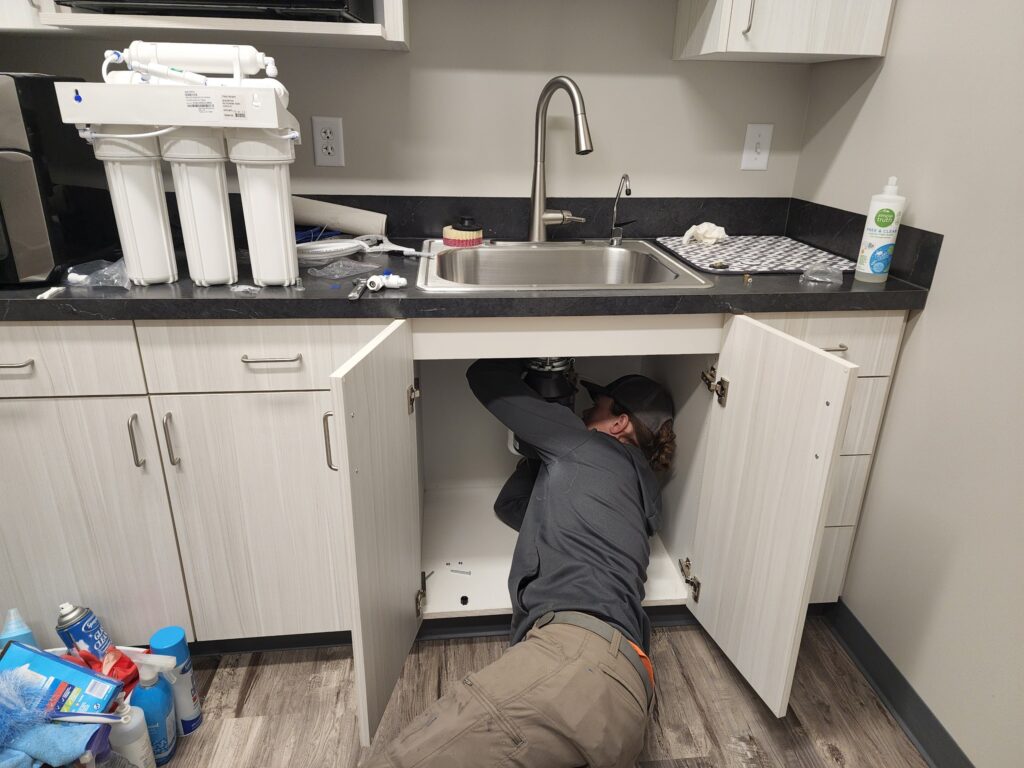
4- Find A Utah Plumber Who Offers A Service You Need
Many plumbers can offer a variety of services to their clients, but finding one that focuses on the one you need can be beneficial. If the plumber you are looking at doesn’t offer the service you need, they’re not the best plumber for you. Basic plumbing services are offered by most companies, but more specific services may be harder to acquire.
Plumbing Services From S&B Plumbing
Our experts at S&B Plumbing have been serving homeowners and business owners for over 25 years. We offer multiple services that can give you peace of mind about your home. S&B Plumbing offers water heater installation, emergency plumbing services, toilet repair, water filtration systems, and gas line installation.
Our goal is to make each customer feel like they are a part of our family. We treat you and your home with the respect it deserves and work efficiently to help get your home back to maximum comfort. We will always be committed to providing high-quality plumbing to people in the Ogden area. Contact our experts to improve your piping and drains today!

